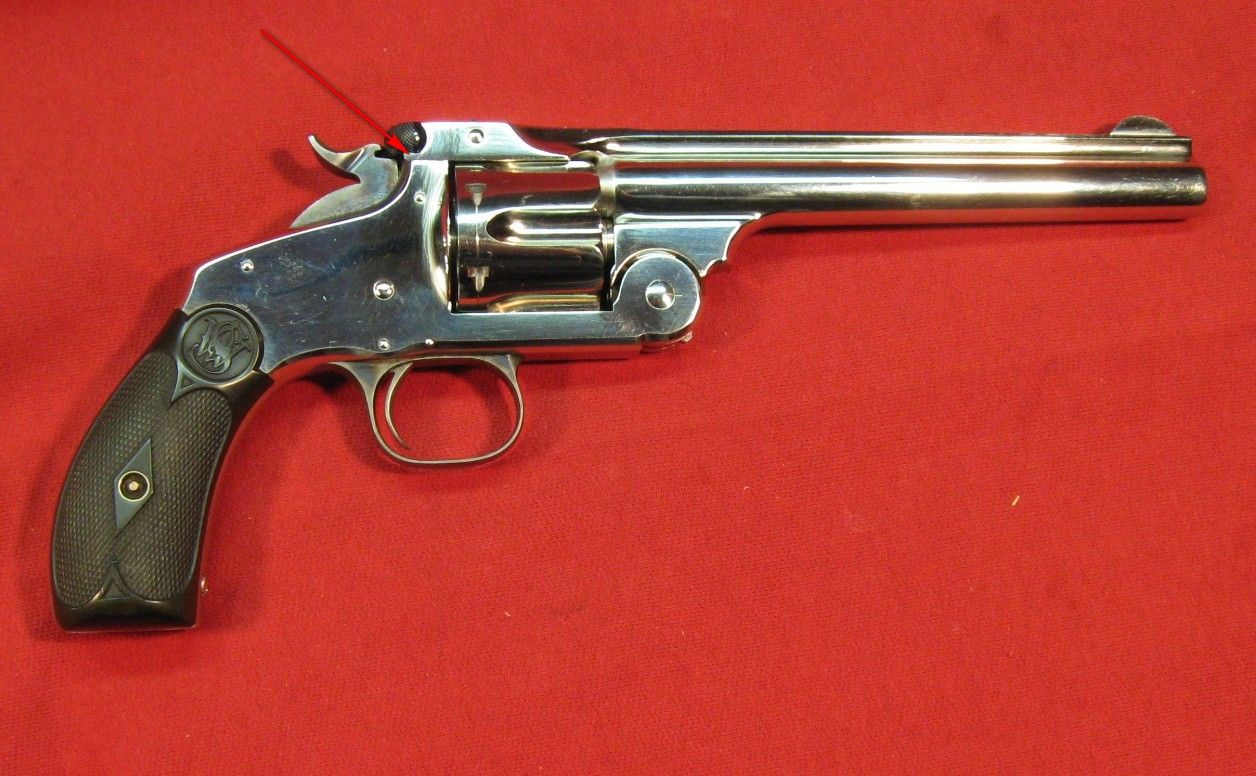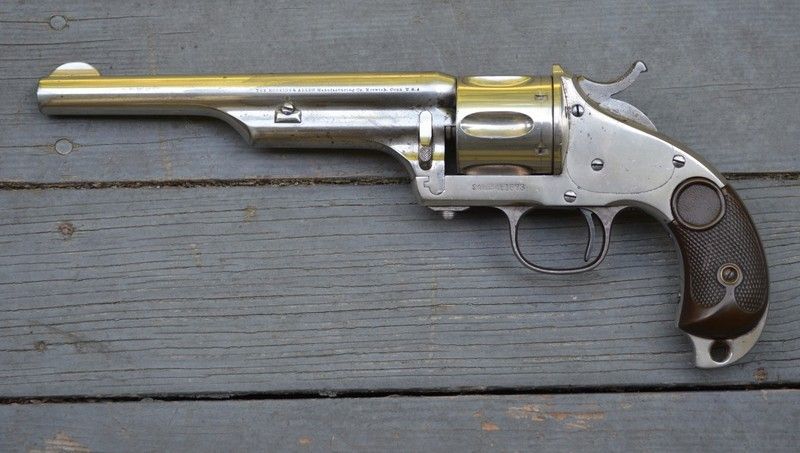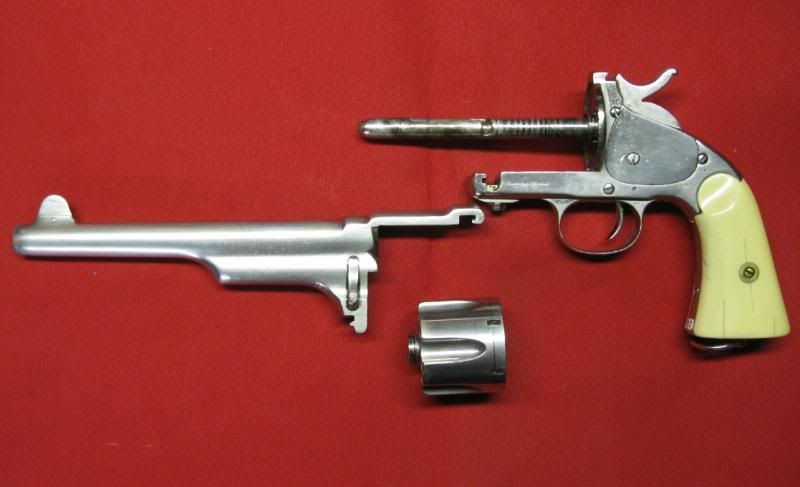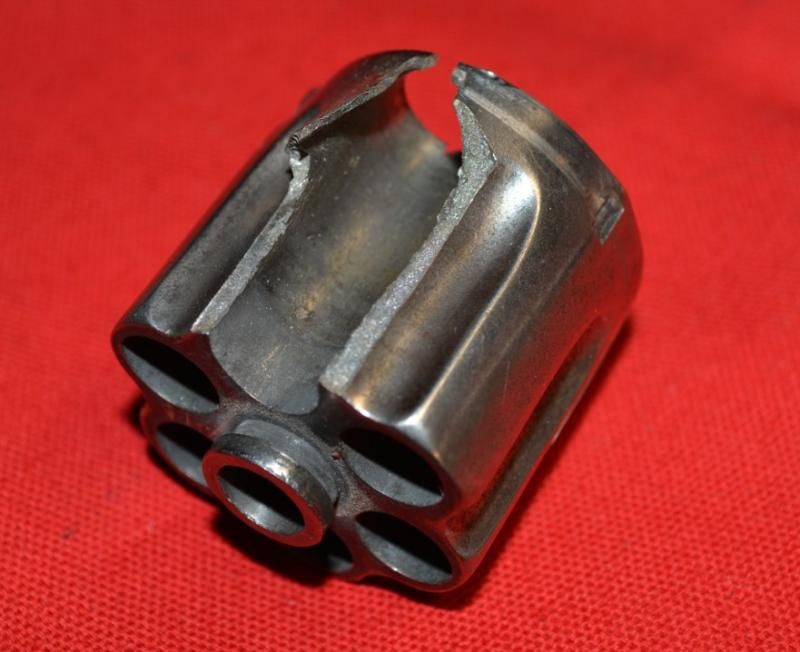Driftwood Johnson
New member
Yes, while the reloading function of the MH was no better than a Colt SAA, the difference was that it could be unloaded faster, nearly as fast as a S&W Model 3, but couldn't be reloaded as fast. Then, the tradeoff of a slower reload than the S&W was a stronger design, one nearly as strong as the Colt.
I don't know what makes you think the Merwin design is stronger than the S&W Top Break design. I certainly would not say that.
Of course, the frame of a solid frame revolver like a Colt is going to be stronger than any jointed frame, such as the S&W or the MH. But that is only frame strength. Ultimately it is the cylinder that must contain the pressure of the cartridge firing, and frame strength has nothing to do with that. Frame strength relates to the ability of the gun to absorb the concussion of recoil without stretching.
With any Top Break design you have the possibility of the frame stretching from recoil, sometimes causing the latch to have problems mating up properly. I have placed an arrow where the mismatch can happen.

But the early Merwins came in an open top configuration. There is no way an Open Top frame is stronger than a Top Break. What tends to happen is over time the barrel bends down from the force of the bullet entering the forcing cone and traveling down the barrel. I can tell you for a fact that is exactly what has happened over time to my Pocket Army 2nd Model, because the barrel/cylinder gap is very large, on the order of .012 or so if I recall correctly. the effect of the barrel bending down is to open up the barrel cylinder gap. You can't see it by eye, but measuring the b/c gap confirms it. Since I only shoot Black Powder loads in this gun, and not very often, I am not too concerned about the wide b/c gap. I will tell you though that I had a smith open up the cylinder throats because they were very tight, and I did not want to be creating too much pressure in the cylinder.

Recognizing the weakness of the Open Top design, Merwin Hulbert eventually added a Top Strap. Now there were two joints, not just one. The top strap prevented the barrel from bending down. However the two piece frame and barrel assembly was still susceptible to stretching.

However, regarding the inherent strength of the steel used in the cylinder, I would put my money on a S&W Top Break over a Merwin Hulbert any day of the week, because I believe S&W was using the best steel available at the time. I have less confidence in the steel that Hopkins and Allen was able to obtain for the Merwin Hulbert. This is a photo of one of my Merwing Hulberts before I owned it. The cylinder split wide open who knows where the top strap wound up. Later, a new, custom cylinder was fabricated from modern steel, and a new top strap was fabricated and welded on.

When I bought that Merwin, the previous owner gave me the blown up cylinder along with it. Believe what you want about the myths of the Merwin Hulbert, but I do not believe they were stronger than a S&W Top Break.

